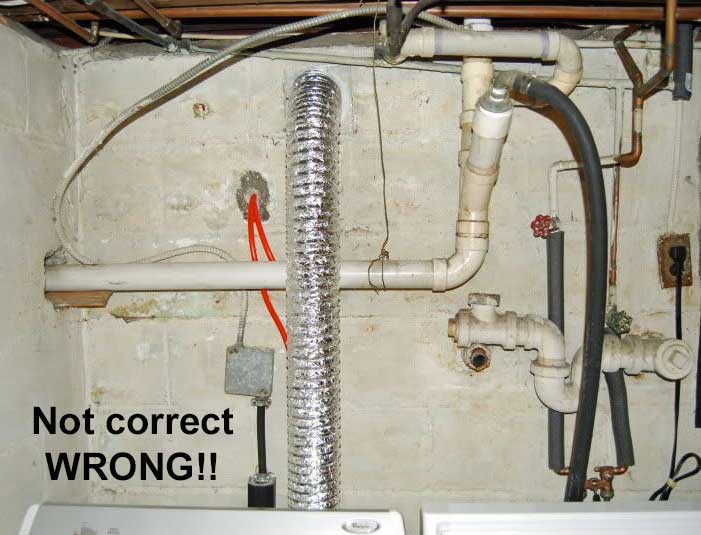Zimzimma
New Member
- Messages
- 12
- Reaction score
- 0
- Points
- 0
Need some help with how to correct a problem with the washing machine drainage. Recently I've noticed a pvc elbow waste line for the washing machine connection leaking. Upon further inspection, there is also no trap present for the washing machine. (I'm assuming I need one) Looks like the work of previous generations of handymans in my newly purchased home.
Here is the picture:

Black hose is washing machine connection
Vertical run of pvc runs up to the kitchen sink drain
The 180 degree elbow that comes off the the right and back to the left is a vent that exits to the outside just above the block wall.
After the washing machine "y", the horizontal pvc after the elbow (elbow that has the leak) runs over to a direct connection to the cast iron out to the pools.
I have no idea what the old cast iron trap is on the wall...maybe an old drywell?
What would be the best way to incoporate a trap into this setup and vent it properly?
Thanks in advance.
Here is the picture:

Black hose is washing machine connection
Vertical run of pvc runs up to the kitchen sink drain
The 180 degree elbow that comes off the the right and back to the left is a vent that exits to the outside just above the block wall.
After the washing machine "y", the horizontal pvc after the elbow (elbow that has the leak) runs over to a direct connection to the cast iron out to the pools.
I have no idea what the old cast iron trap is on the wall...maybe an old drywell?
What would be the best way to incoporate a trap into this setup and vent it properly?
Thanks in advance.
Last edited by a moderator:
